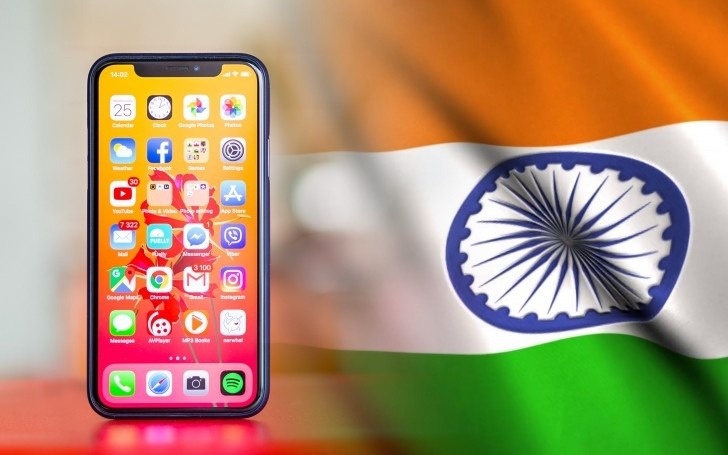
The moment China's DeepSeek took the world by storm has raised concerns for the Indian government and tech industry.
Earlier in April, India's Commerce Minister Piyush Goyal criticized the country's entrepreneurs for lack of innovation.
“We are just focusing on food delivery apps, turning unemployed youth into cheap labor so that rich people can get meals without leaving their homes. On the other hand, what does a Chinese startup do? They work on developing electric vehicle battery technology, and with that, they dominate the electric vehicle ecosystem today,” Goyal said at an industry event.
Mr Goyal’s comments sparked a backlash from Indian startup founders and investors, who have long pointed to red tape and regulations on importing computing equipment as major barriers to technological innovation.
Different ecosystem
There are various explanations for why India — home to some of the world's highest levels of startup funding — lags behind in advanced manufacturing and artificial intelligence.
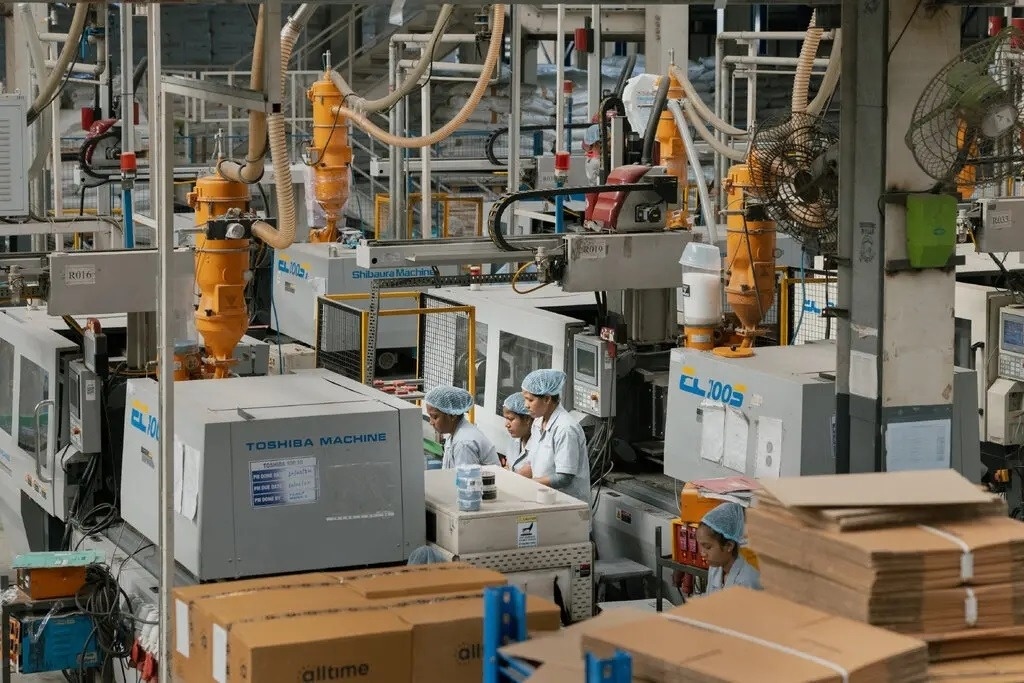 |
China accounts for 30% of global manufacturing output, while India accounts for only 3%. Photo: New York Times. |
However, experts believe that this gap dates back to the 1980s, when the two countries had an economic divergence: China invested heavily in manufacturing, while India leaned toward services.
Today, China accounts for 30% of global manufacturing output, while India accounts for just 3%. Rest of World cited analysts, government stakeholders, and academics as saying that India’s service-oriented mindset and decades of underinvestment in innovation have left the country struggling to keep up in the global tech race.
“The Chinese ecosystem is different. They already have a strong manufacturing capability that they built over time. So for China, creating a product that can be brought to market is not that difficult,” said Pranay Kotasthane, chair of the High-Tech Geopolitics Program at the Takshashila Institute. He said India remains a “services-focused” tech ecosystem — an area where the country “clearly beats China.”
Meanwhile, Anant Mani, founder and CEO of Randomwalk AI, a Chennai-based AI startup, told Rest of World that India has not innovated like China due to “lack of determination at scale”.
"India's AI startup ecosystem is alive, but not really strong. We have sparks like Sarvam AI, Niramai, Krutrim AI but there is no sustainable flame," Mani commented.
Brain drain
India has over 200 AI startups and has raised $560 million in investment by 2024. However, the country is also a leading exporter of AI talent.
Meanwhile, China, despite having only about half the number of high-quality researchers as India, retains most of its talent within its domestic ecosystem, according to MacroPolo's global AI talent tracker.
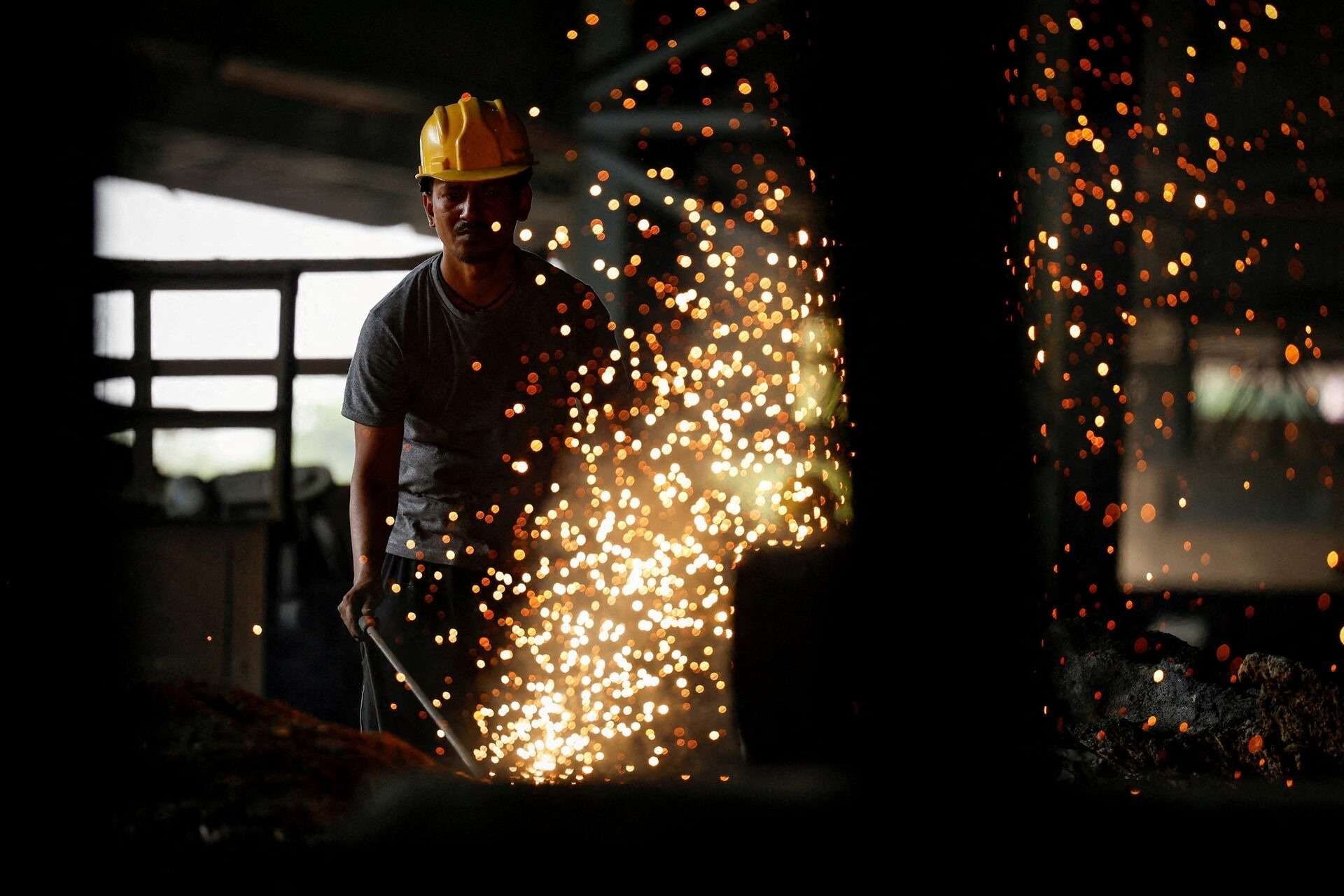 |
Although India has recorded certain successes in the field of smartphone manufacturing, many other industries have not achieved the desired results. Photo: Reuters. |
Despite losing much of its top AI talent to the US and Europe, India is still home to more than 20% of the world’s semiconductor design engineers, according to Kotasthane. According to statistics, as many as 25 leading semiconductor companies in India have dedicated design and R&D centers, including global giants like Intel, Nvidia, and Qualcomm.
Despite its wealth of talent, India’s investment in innovation is paradoxically meager, undermining its ambitions to compete with China. The country spends just 0.64% of its GDP on research and development, compared to China’s 2.4% or the US’s 3.5%.
“The Indian mindset is to see Silicon Valley as an extension of ourselves. We export most of our top minds to the US, where they become leaders and create outsourcing places like Bengaluru. They are not Indians representing India in the US. They have become Americans and serve the interests of the US,” said Payal Arora, a digital anthropologist and professor of inclusive AI cultures at Utrecht University.
Realizing its mistake, the Indian government has stepped up efforts to support AI startups and reduce its dependence on foreign chip imports with the $1.26 billion IndiaAI mission, launched in March 2024. In addition, the country is planning to build a large cluster of graphics processing units (GPUs) — a powerful network of high-speed computers that train AI models — and offer incentives for domestic chip design.
As China becomes increasingly difficult for foreign investors to access amid rising tariffs, industry experts say this is where India's tech sector could benefit from the ongoing trade war.
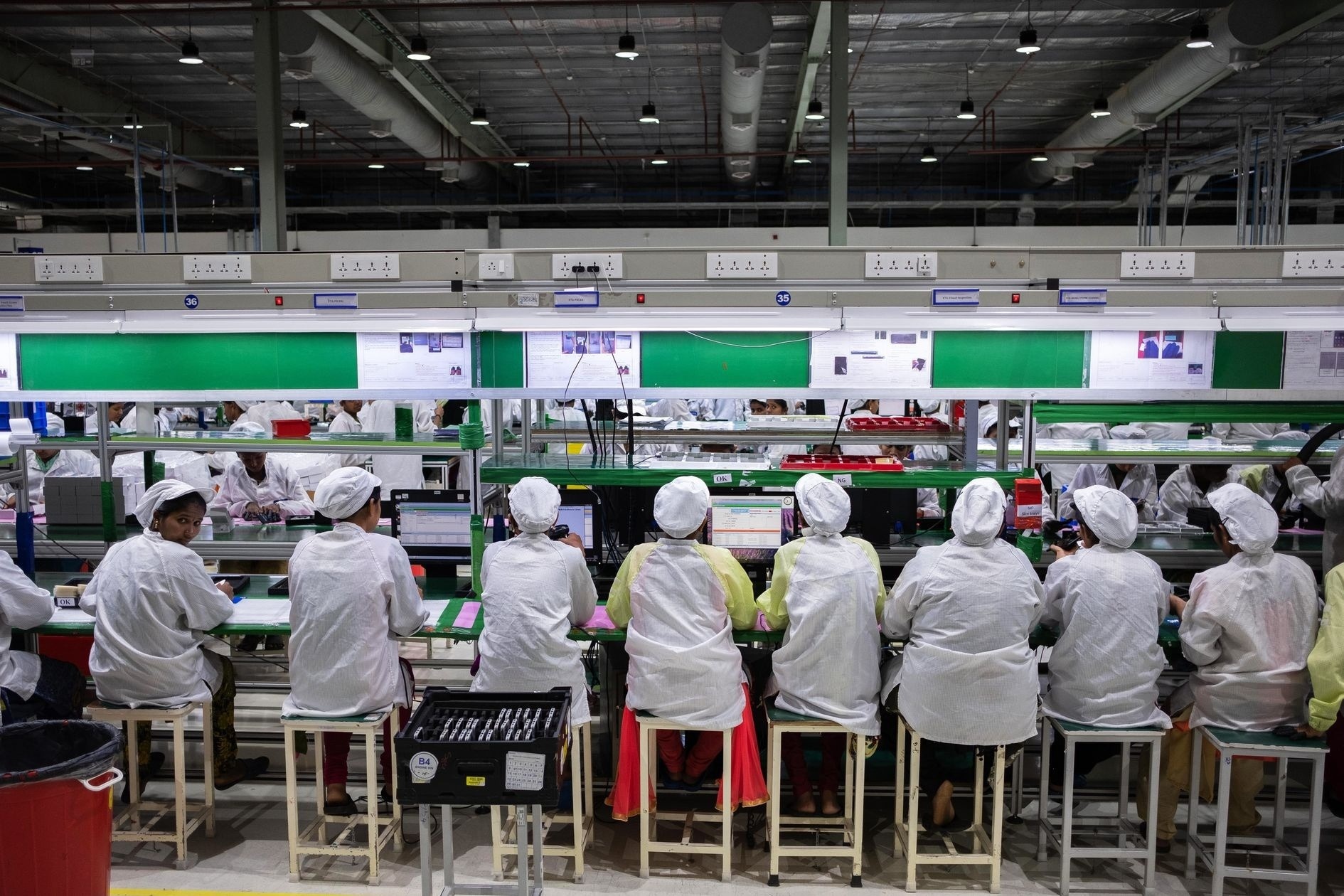 |
Employees test mobile phones at a factory in India. Photo: Bloomberg. |
In early January, Microsoft announced a $3 billion investment over the next two years in India’s cloud infrastructure and AI. Another giant, Amazon, has earmarked $120 million to fund AI manufacturing and development in the country.
Infosys co-founder and chairman Nandan Nilekan struck an optimistic note, arguing that India is well-positioned to enable faster adoption of AI, thanks to the digital transformation the country has undergone in the last 15 years.
“We shouldn’t lose sleep over someone not building a model. Anyone can build an AI model and it’s not a big deal. All the knowledge is out there. New data makes a difference, so you have to change the focus,” Nilekan commented.
Source: https://znews.vn/vi-sao-an-do-tut-hau-so-voi-trung-quoc-ve-cong-nghe-post1549730.html




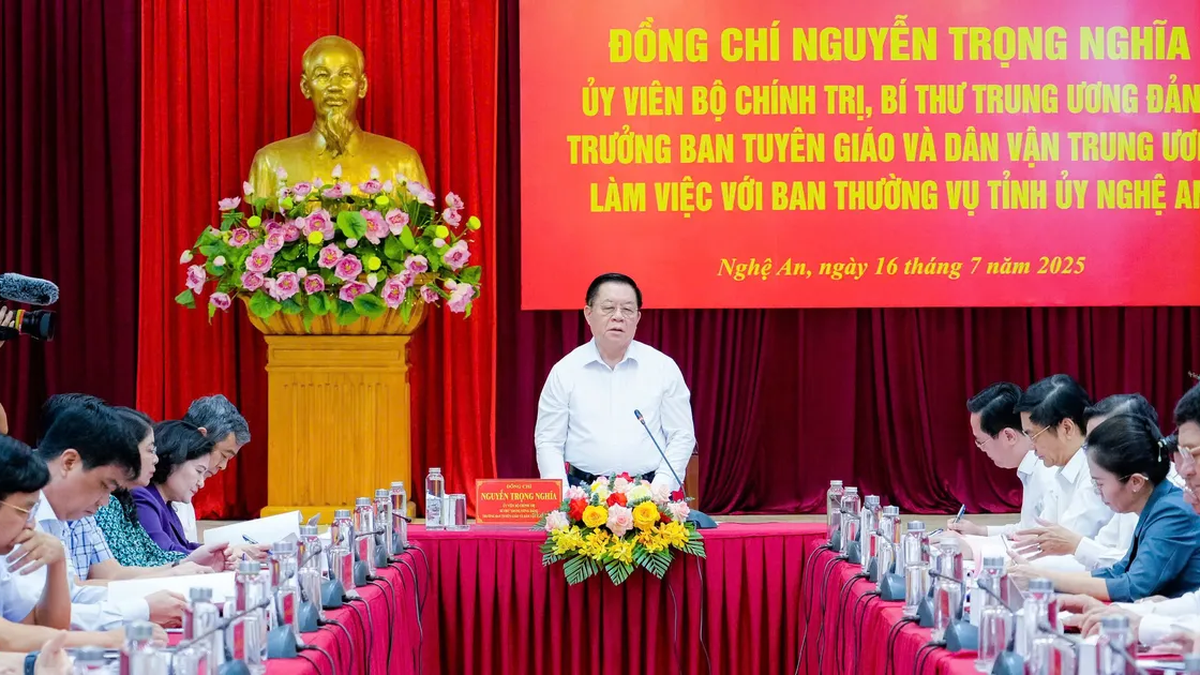
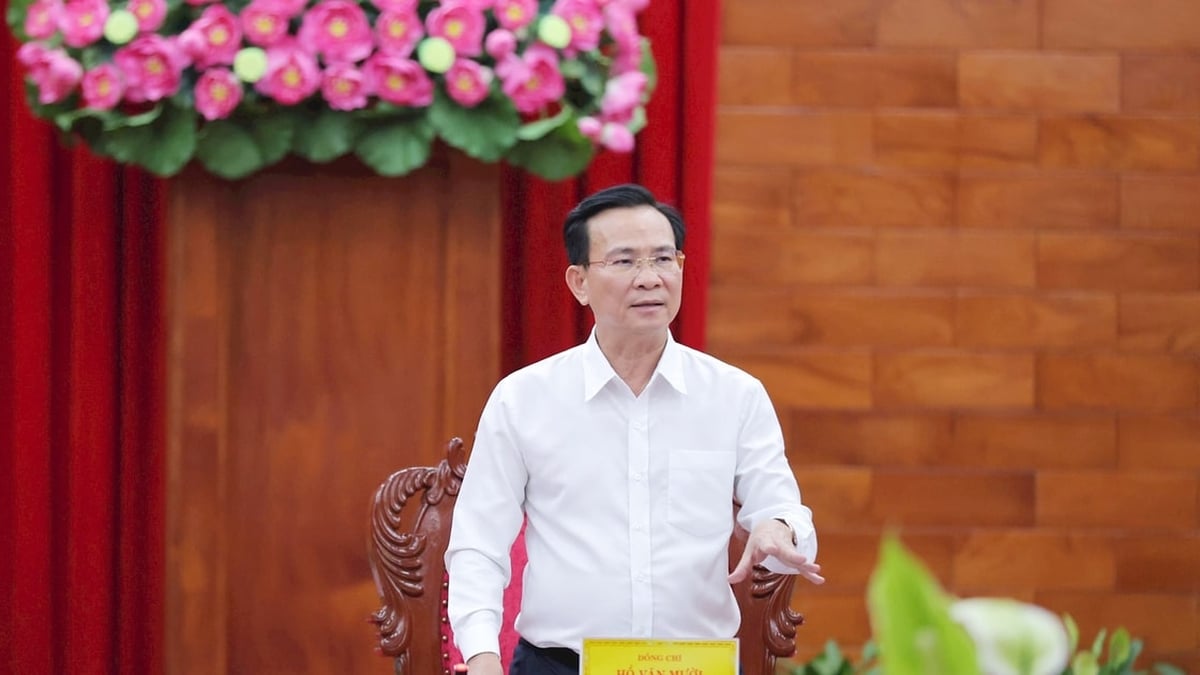

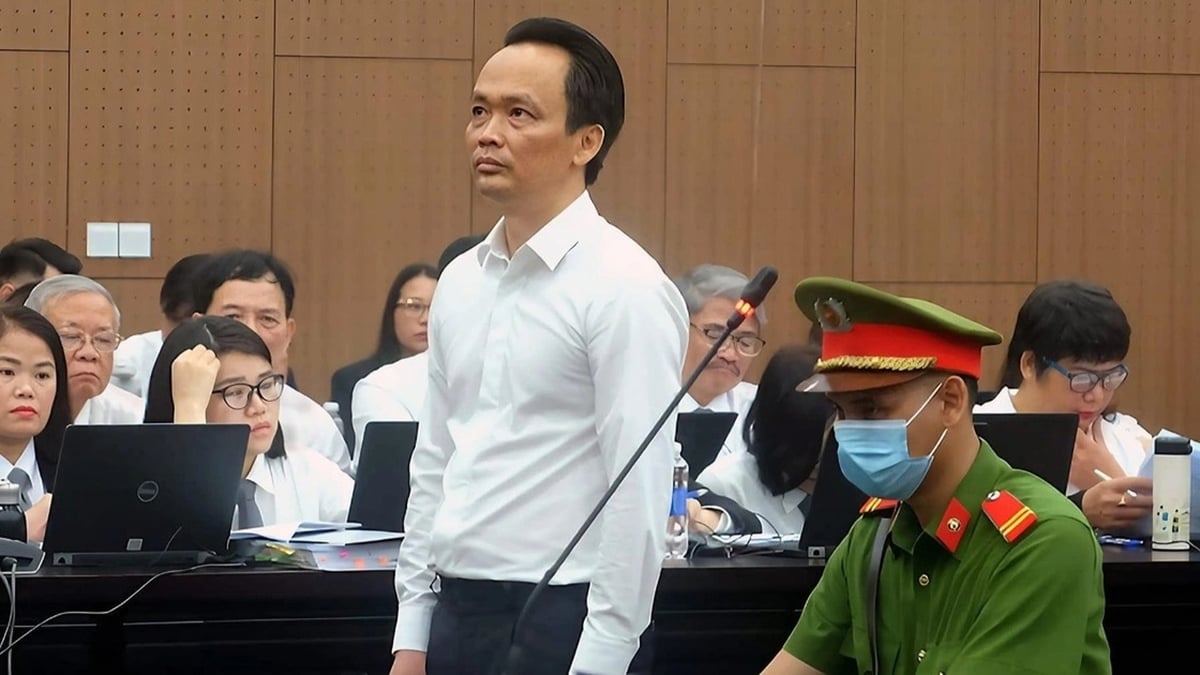
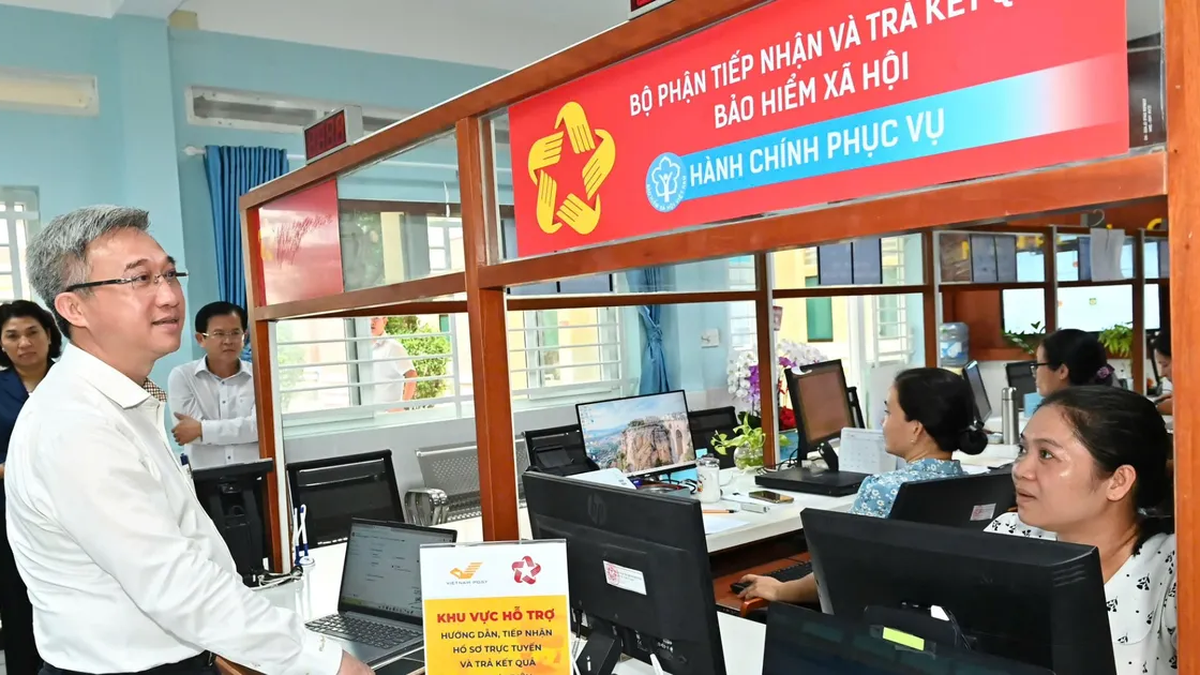

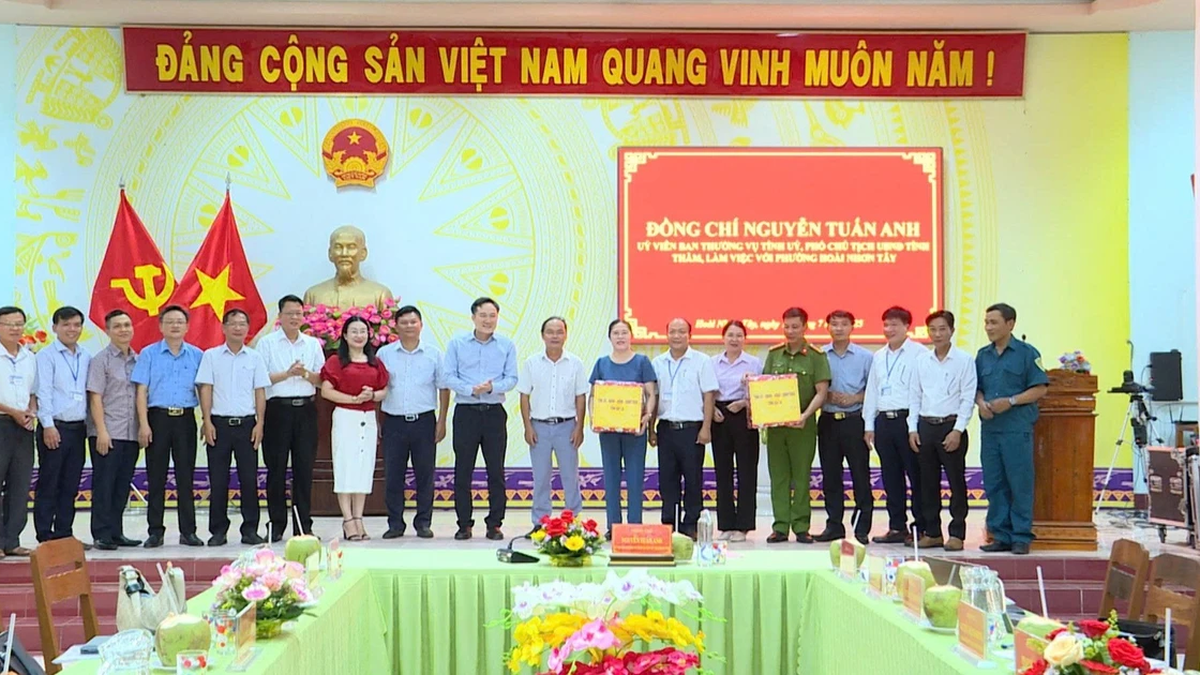









































![[Maritime News] More than 80% of global container shipping capacity is in the hands of MSC and major shipping alliances](https://vphoto.vietnam.vn/thumb/402x226/vietnam/resource/IMAGE/2025/7/16/6b4d586c984b4cbf8c5680352b9eaeb0)




















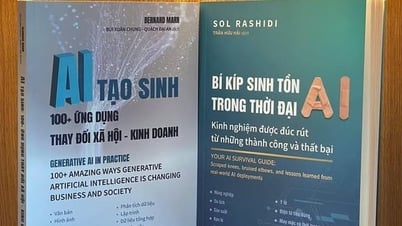
























Comment (0)